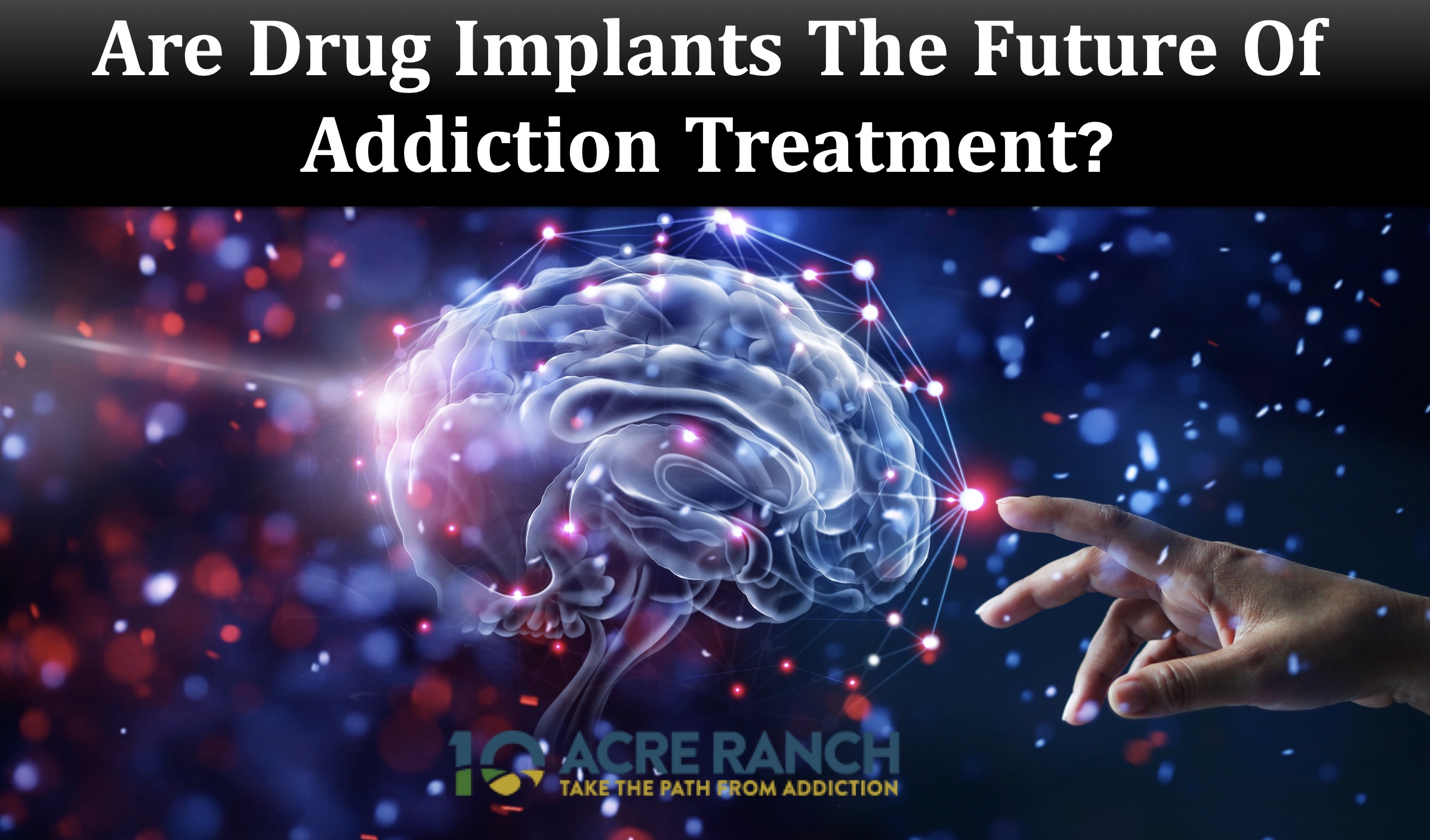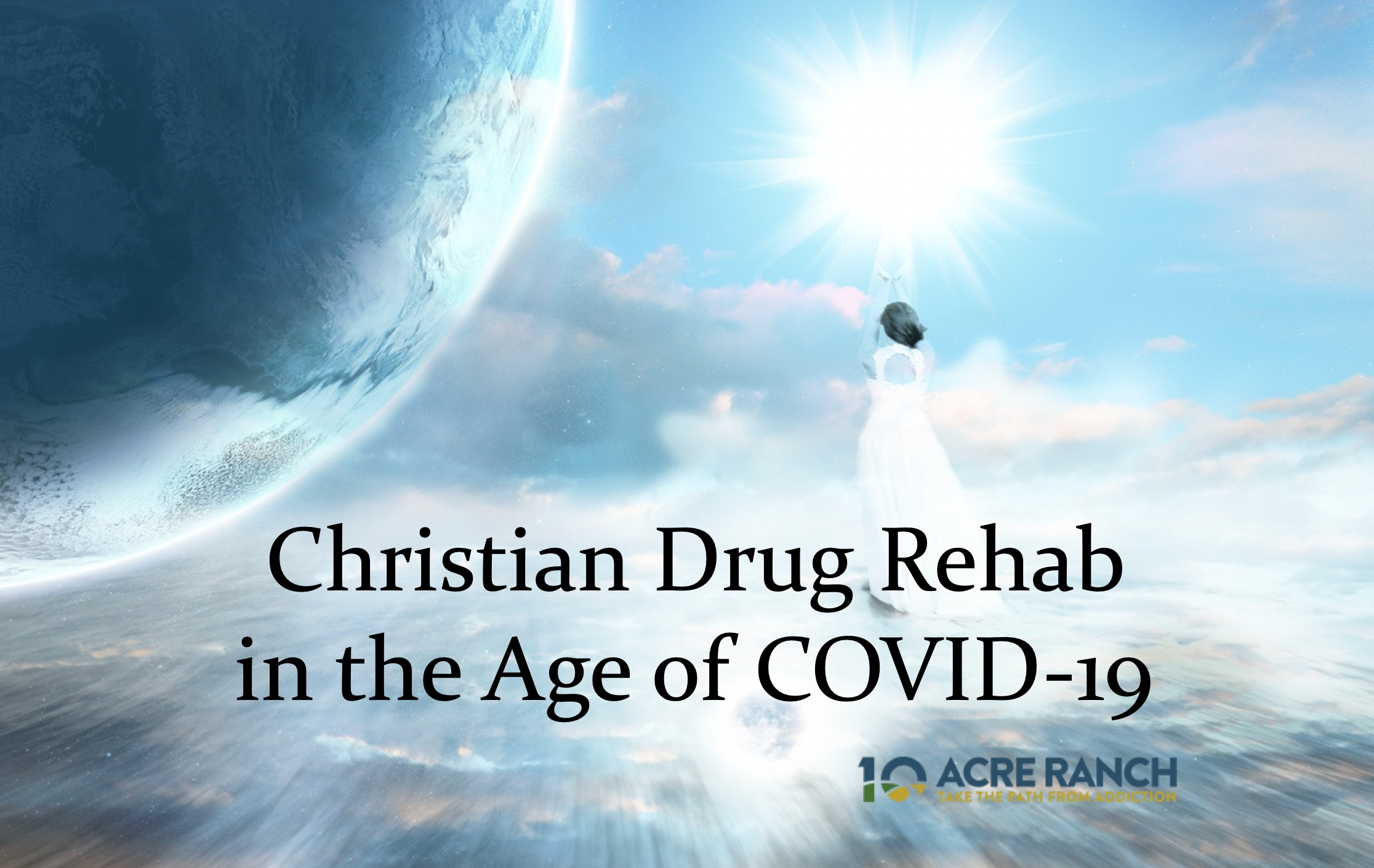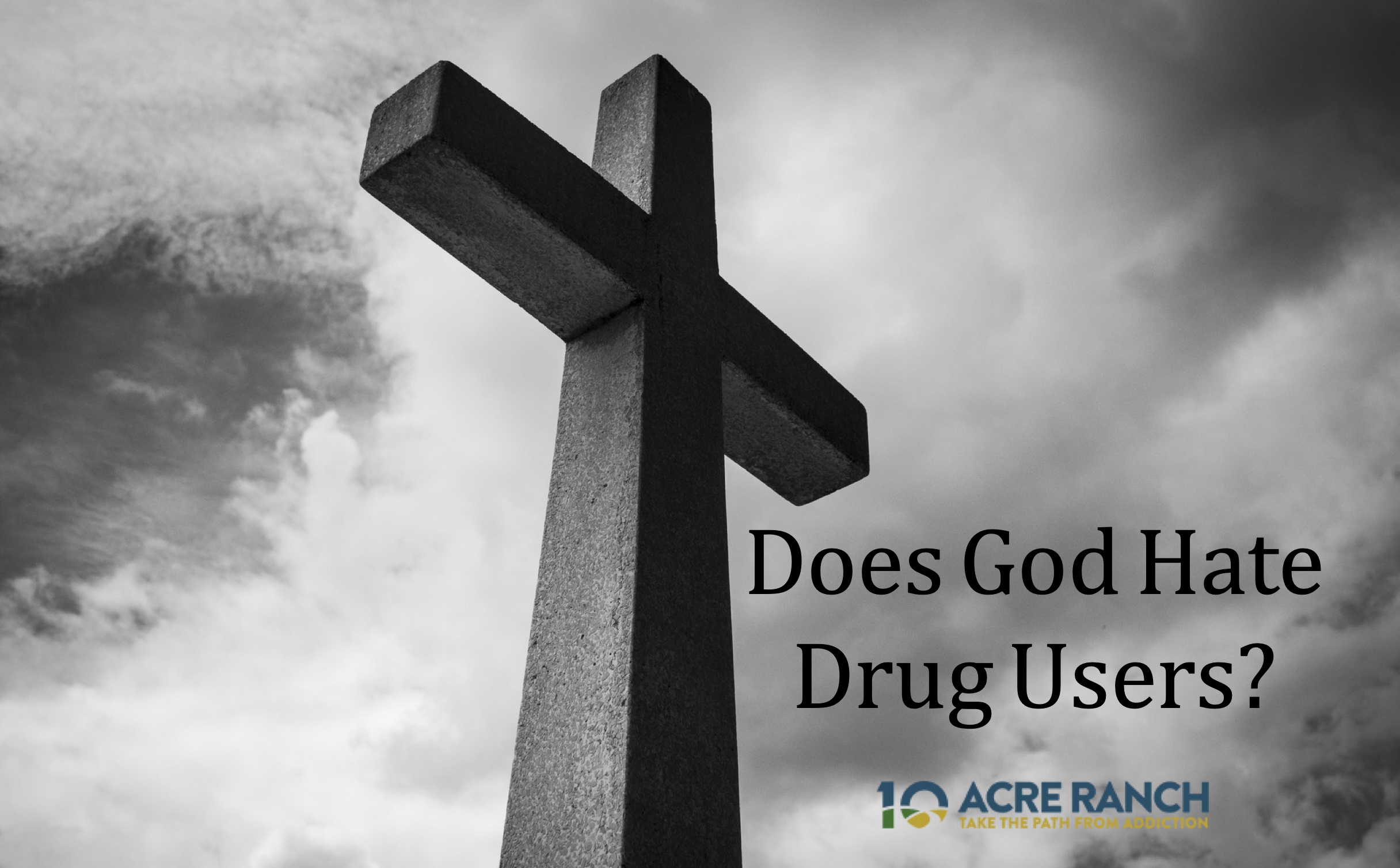About the addiction treatment programs at 10 Acre Ranch. The program, of course, is designed to help anyone who is seeking help …
Are Drug Implants the Future of Drug Addiction Treatment?
How addiction and human brain function are interlinked Their passion is to find alternative treatment methods for those …
Continue Reading about Are Drug Implants the Future of Drug Addiction Treatment?
Christian Rehab in the Age of COVID-19
COVID-19’s Effect on Drug Use And Relapse Increased Level of Privacy From Remote Drug Rehab All too often it seems like …
Continue Reading about Christian Rehab in the Age of COVID-19
Does God Hate Drug Users?
holy word and teaching others how to live a moral life, he was sent here to deliver us from our sins,“I have not come to call the …










